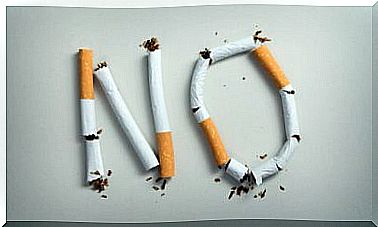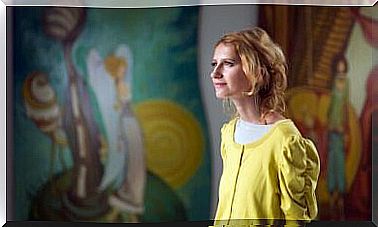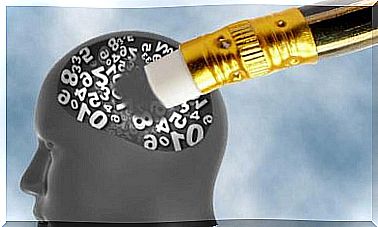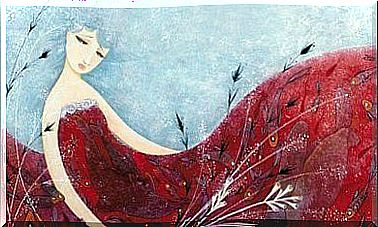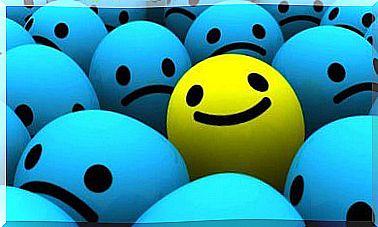The True Legend About The Lie And The Truth
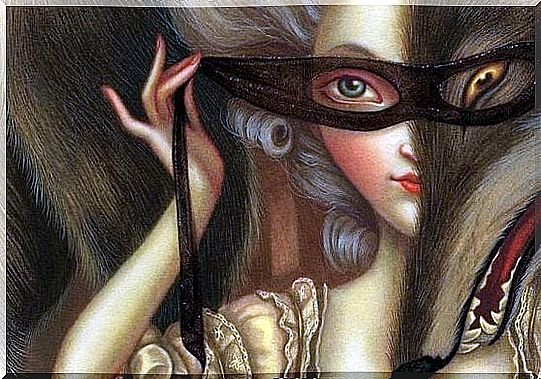
People’s relationship to lies and truth is ambivalent. As a general rule, we all say (or believe) that we prefer the truth. But when the truth we hear or share is painful or complicated, it can create great psychological conflict.
Choosing to lie is, as a rule, a symptom of distrust in one’s own or others’ ability to deal with problems. At other times, choosing falsehood means behaving like an unscrupulous person who wants to gain from a given situation.
In any case, learning to deal with the truth remains an open question in our society, which balances a scale that should have truth and honesty as winners.
The legend about the lie and the truth
There are legends that are created as beautiful stories that illustrate the psychological reality of our lives. The one we’ll tell you next is one of them.
“Legend says that, one day, truth and lies crossed.
-Good morning – said the lie.
-Good morning – he replied truthfully.
-What a beautiful day – said the lie.
So the truth looked around to see if it was a beautiful day. And was.
-A really beautiful day – he said, then, the truth.
-Even more beautiful is the lake – said the lie.
Then the truth looked at the lake and saw that the lie was telling the truth and agreed. The lie ran towards the water and said:
-The water is even better. Let’s swim.
The truth put her fingers in the water and it really tasted good. So he trusted the lie. Both took off their clothes and swam calmly. A second later, the lie came out of the water, put on the clothes of the truth, and left.
The truth, unable to dress in the clothes of the lie, began to walk around naked and everyone was horrified to see it. That’s why even today people prefer to accept the lie disguised as the truth, and not the naked truth”.
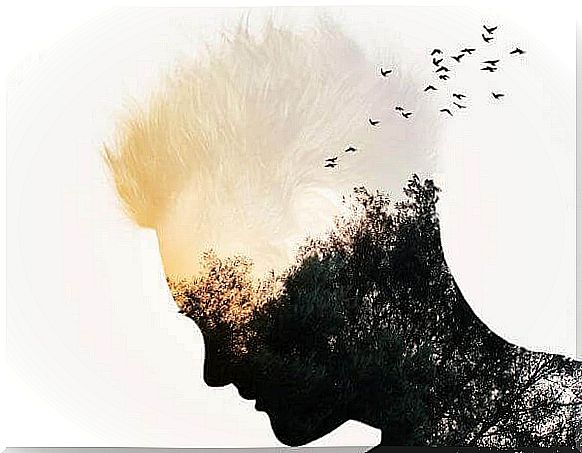
The ambivalence between the lie and the truth
We link good values with sincerity, as relationships built on pillars of lies end up looking like a weak and shaky house of cards, capable of destroying everything around it when it collapses. However, despite being aware of this link between the truth and its complex acceptance, we constantly seek to work around the situation, telling “half-truths” or pretending realities different from the true one.
The assertion that we do this “constantly” is not in vain, as there are studies from the University of Massachusetts that show that in our society a lie or something dishonest is told, on average, every 3 minutes. Other studies present more enlightening numbers, showing that, during a week, we lie in 35% of the conversations we establish.
These numbers are, in a way, heartbreaking. We often call ourselves honest people who never lie, but in fact there is a big lie behind this emblem.
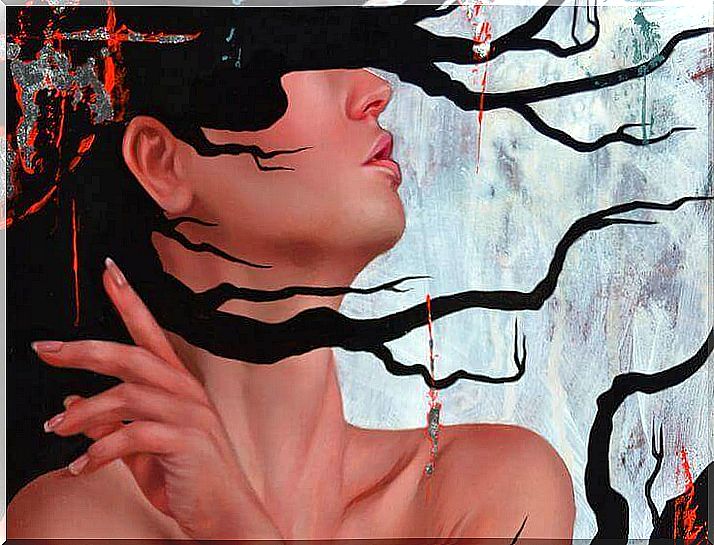
Not only do we lie, but we lie a lot. On important topics and small things . This is easier to do than explaining and dealing with the rawness of the naked truth. We don’t have a clear position on the lie and the truth because we don’t think about it properly. As a result, we become intoxicated with big and small lies that are woven into a fabric from which it is difficult to escape.
Why do we do this? Because the psychosocial benefit of lying is usually more immediate than that of the truth. Also because the truth is not without its risks. So, many times, in order to protect our integrity or the integrity of others and/or take advantage of it, we tend to fall into temptation: we resort to lying.
However, we must not forget that however pious a lie it may be, it is still an obstacle to trust. We cannot forget that a lie is enough for suspicion to arouse the doubt of hundreds of truths, making us question even the experiences we believed to be truer.
